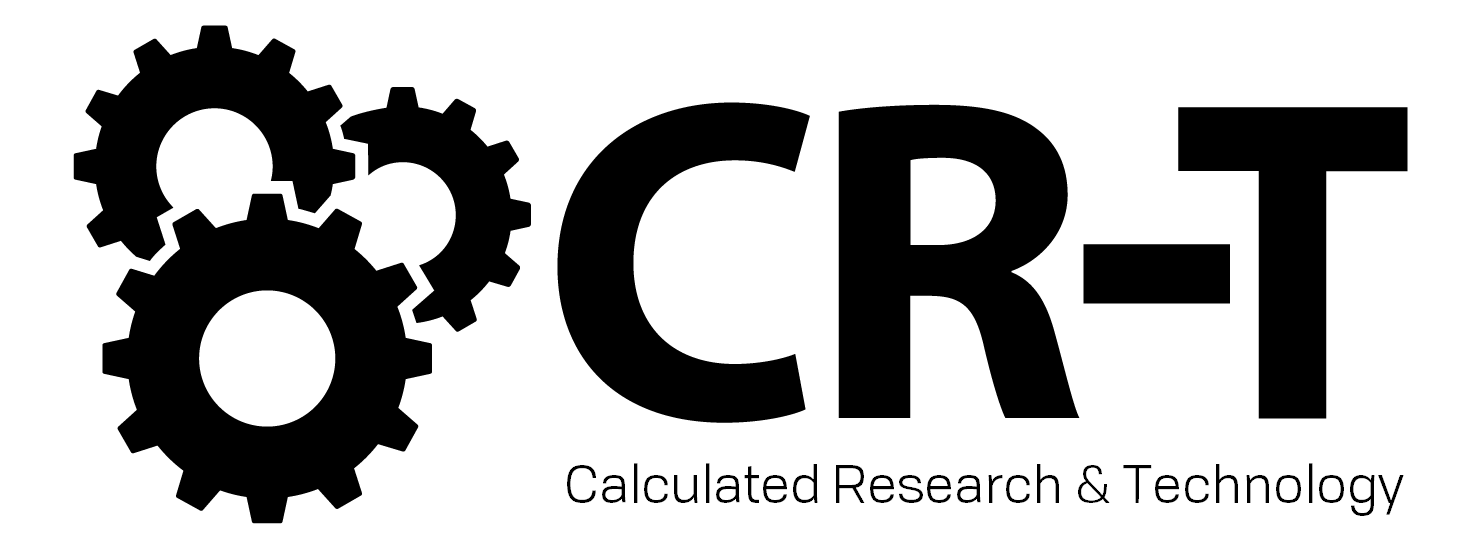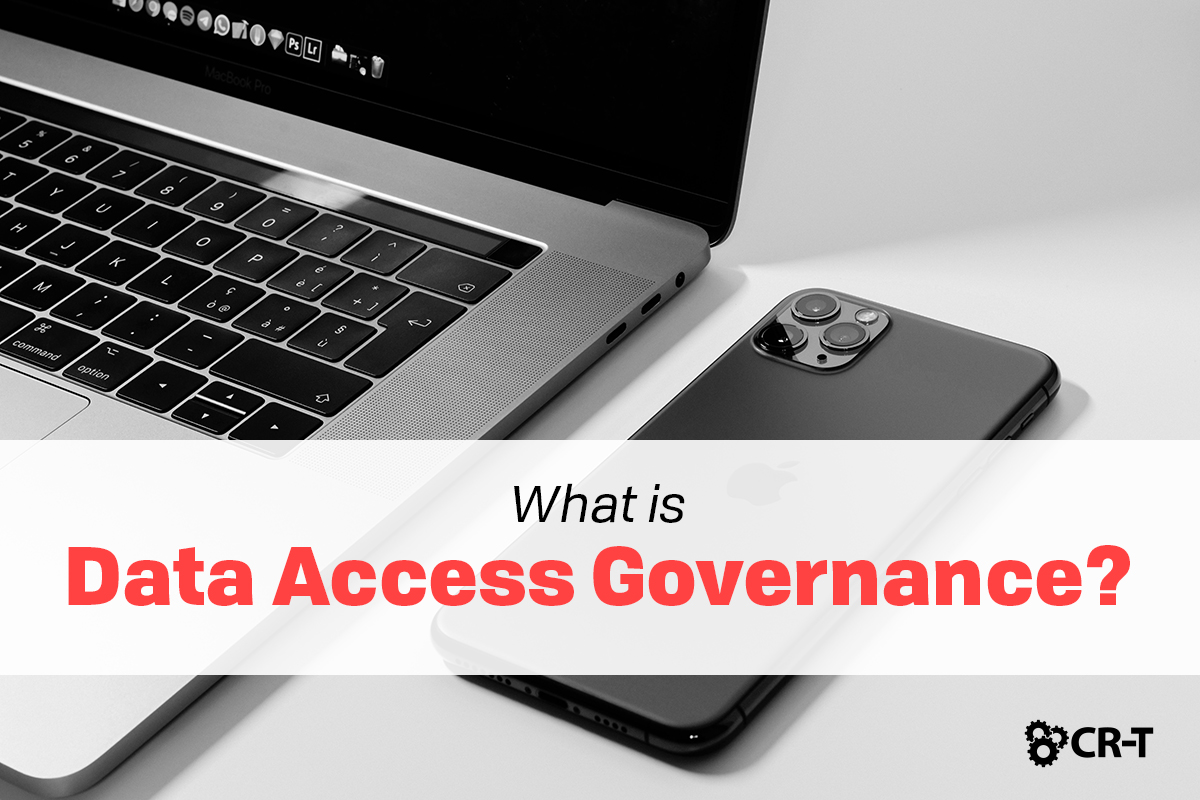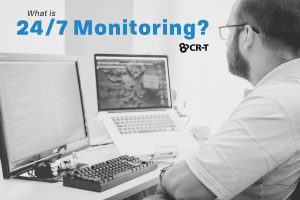The tech industry is filled with buzzwords, and sometimes it can be difficult to keep them all straight. A few months ago, we shared an article on Network Access Control (NAC), but how does this relate to other areas of access management? For example, what’s the difference between Network Access Control and Data Access Governance (DAG)?
In this article, we’ll explain the meaning behind Data Access Governance and provide you with a plan that will help you keep your data secure.
The Difference Between Data Access Governance and Network Access Control
Data Access Governance (DAG) refers to the way a company manages access to their data.
DAG is similar to Network Access Control (NAC) in that both forms of security utilize specific policies to determine who can access which information.
However, the key difference between the two is that NAC controls access to a private network, whereas DAG controls access to specific data.
How to Implement Data Access Governance
Clearly, it’s important to control who has access to your data. But how do you go about implementing data access governance?
1. Classify Sensitive Data.
In order to effectively manage access to your most sensitive data, you first need to know where that data is stored.
As you sift through your data, create a classification system to categorize your most sensitive data. This system might score the data based on its confidentiality and its relevance to company operations.
Classifying your data will allow you to focus your security strategy on the data that matters most. This will also make it easier for you to organize and govern your data.
After classifying your data, execute a formal risk assessment to help you know which access controls will be most useful to your company. This is also the perfect time to consider security measures like encryption, tokenization, and Multi-Factor Authentication (MFA).
2. Assign Access Controls.
Once you’ve completed your risk assessment, assign access controls to each user, based on their role within the company.
Role-based access control assigns users to privileged groups, which then determines the data they can access. Such groups may include various teams within the organization, such as the administration department, the IT department, and the finance department.
Each department is only given access to the data they need to perform their jobs, ensuring that only essential personnel can access sensitive data.
3. Analyze User Behavior.
Now that you’ve classified your most sensitive data and implemented data access governance, it’s important to monitor user behavior and ensure that your policies are being followed.
What are your most privileged users doing with the data they access? Are they copying, modifying, or deleting files containing sensitive information? If so, do they have the authorization to do this?
Proactive monitoring of your privileged users will help you identify potential insider threats so you can respond to data breaches faster.
Continuous monitoring will also help you identify any areas of concern. Perhaps you’ll need to adjust user permissions from time to time. Or maybe your employees will benefit from data access governance training.
4. Review Access and Compliance Requirements.
As you continue to monitor your data and train your employees, make adjustments as needed.
Review your data access governance plan regularly to ensure that your policies are logical and effective.
This is also a good opportunity to review any compliance requirements and make sure your privacy policies are up to date.
Final Thoughts
Data access governance is only one facet of your organization’s security, but it’s an important measure to prevent your data from falling into the wrong hands.
By limiting who has access to sensitive data, you’ll greatly reduce the risk of potential insider threats, and your data will be more protected.
Blog & Media
Cloud Services
Managed IT Support
Cyber Security
Project Services
Servers/Infrastructure
Firewalls
Networking
Hardware/Software
Microsoft Products/Cloud
Amazon Web Services
Penetration Testing vs Vulnerability Scanning
If you’re responsible for managing the security of your organization’s network or systems, you may have heard the terms “penetration testing” and “vulnerability testing” thrown
Backup and Disaster Recovery
Your organization can’t afford to neglect backup and disaster recovery. If it takes your business too long to get back online after a disaster, you
6 Steps to Secure Customer Data
Securing customer data is essential for one major reason: your business depends on it. As an IT director, you recognize the importance of cybersecurity when
5 Steps to Promote Compliance in the Workplace
You’re familiar with the ever-changing world of regulatory compliance. Robust compliance enables you to avoid legal liabilities while improving your organization’s effectiveness. And many of





